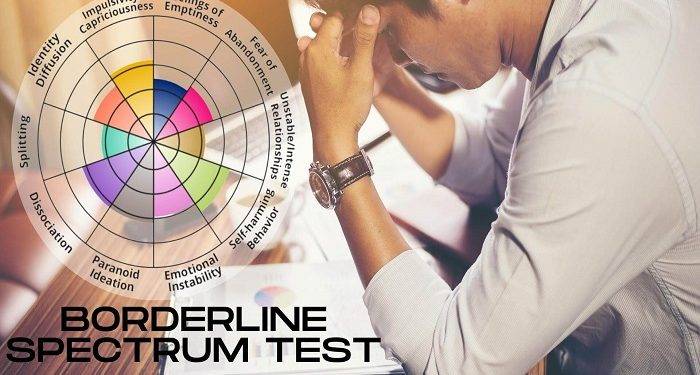The Borderline Personality Disorder Spectrum Test (BPDST) was developed by IDRlabs. It is based on the work of Dr. Mary Zanarini, who developed the McLean Screening Instrument for Borderline Personality Disorder. The test is not affiliated with any specific researchers in the field of psychopathology, or with any of its affiliated institutions. The test is available for educational purposes only. To learn more about how it works, read on!
MRI is a form of radio waves and magnetic fields that can produce images of the brain. Physicians use MRI to diagnose people with borderline personality disorder (BPD). These patients exhibit unstable moods and relationships, and MRI tests can show signs of BPD. Before undergoing an MRI, the patient should not eat, as this will interfere with the scan. Patients should not eat within eight hours before the test.
People with BPD can become extremely emotional. They are at a higher risk for self-injury and suicide attempts. They may also develop eating disorders to cope with painful thoughts and feelings. A trained professional can diagnose borderline personality disorder through a comprehensive assessment and discussion of symptoms. These symptoms may stem from childhood experiences, or from family history. The results should be discussed with a licensed mental health professional. The borderline personality disorder spectrum test is a reliable diagnostic tool.
A person on the borderline spectrum may be self-involved or insecure. While they may seem aloof and withdrawn, they are prone to acting impulsively. They are impulsive and can exhibit clingy, codependent, and avoidant behavior. They seek approval and attention from others and can also display self-harming behaviors. This can be a sign of a more serious condition.
It is important for parents to monitor early signs of borderline autism in their children. Many parents may hesitate to pursue a borderline diagnosis because they are worried about the lifelong label. However, the ULTIMATE Guide eBook by Suzane O’Sullivan may be a helpful tool to make the right decision for your child. If you are looking for a borderline autism diagnosis, Suzane O’Connor has developed a program that will help you make an informed decision.
The DSM5 listing of borderline autism allows you to bill your insurance carrier for the cost of therapy. Once the child is able to attend age-appropriate classes, they can receive a full spectrum of treatment. This includes speech, occupational therapy, and behavior therapy. As long as your child meets the criteria for the DSM-5, they can benefit from any treatment or therapy available. So, don’t hesitate to start searching for a good psychologist for your child.
Although BPD and ASC may have similar characteristics, the differences between the two diagnoses should be statistically significant. This finding highlights the need for further research and confirmation. In addition, the test may not be applicable to every female. That’s why some females may have undiagnosed ASC. It should be noted that the borderline spectrum test does not assess autism in females. However, this is an important tool to help parents and professionals diagnose their children.
When your child fails the test, your doctor may suspect aspergers instead. Although they may have no language deficits, these symptoms are important enough to get a diagnosis. Parents may have already sought treatment for their child because they suspected their child had autism. But if the symptoms of autism are more severe, they should consider getting the child tested. Only then can you get proper treatment. You’ll be able to help your child.
Another factor to consider is a person’s capacity to empathize. BPD patients are less likely to be empathetic than people without autism. However, BPD patients are less likely to be sympathetic and more likely to display impulsive behavior. As such, they tend to be risk takers. However, this lack of empathy can be a problem for some people with BPD. They may also have trouble reading others’ emotions.













